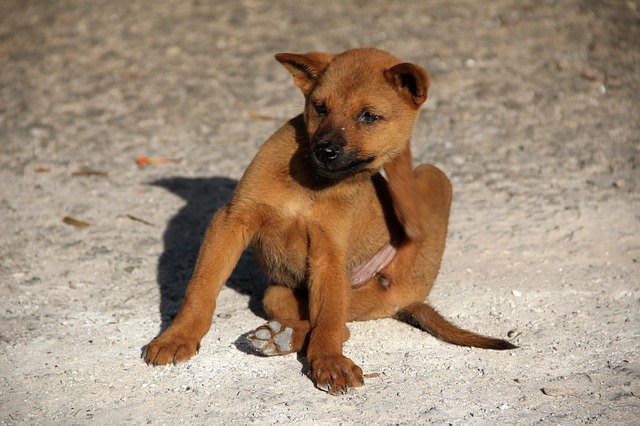Flea & Tick Prevention: What is Best for Your Pet?
Should we use flea and tick prevention on our pets? The answer is yes, especially when they are out-and-about with us! We need to protect them from these parasites not only in our own yards, but when we are camping and hiking. Many veterinarians suggest that flea and tick prevention should also be used the entire year, not just seasonally. The type of prevention you use depends on your pet and how they react to it.
Why Use Prevention?
Ticks
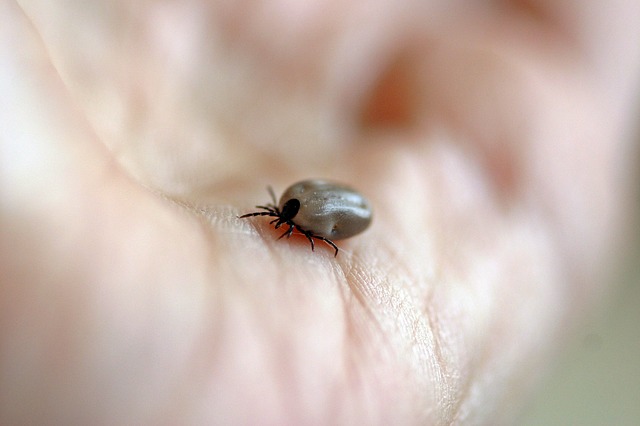
Ticks are all over the United States and into Canada and carry diseases such as Anaplasmosis, Babesosis, Bartonellosis, Ehrlichiosis, Hepatozoonosis, Lyme disease, and Rocky Mountain Spotted Fever. These are serious health risks for your pets and can be for you, too.
Anaplasmosis is caused by the bite of a Black-Legged Tick and has similar symptoms to Lyme Disease.
Tick bites can cause Babesosis which causes the break-down of red blood cells. This can also be transmitted by dog bites and through the placenta of mother dog to puppy. Symptoms are pale gums, lethargy, and jaundice.
Bartonellosis can be seen in dogs, cats and humans. Ticks, fleas, sand flies and lice transmit the disease to dogs by biting them. Symptoms include fever, joint pain, enlarged lymph nodes, abnormalities in the heart, and some neurologic signs.
Ehrlichiosis, caused by the Brown Deer Tick, has symptoms that include low appetite, fever, anemia, abnormal bruising, and bloody nose (caused by low blood platelets – the cells that help with blood clotting).
Hepatozoonosis is caused when a dog ingests an infected tick. Symptoms are an unwillingness to move or stand, pain, wasting muscle tissue, and mild to moderate anemia. This can be very debilitating and is often fatal.
Lyme Disease is carried by the common Brown Deer Tick. The tick must be attached to its host for more than 48 hours and symptoms occur in 2-5 months following the bite. Symptoms include lethargy, lameness, limping, enlarged lymph nodes, joint pain and/or swelling. A blood test can confirm Lyme Disease and antibiotics given from 14 to 30 days can clear it up.
Flea Problems

Hot Spots
Fleas can also cause problems with your pets and possibly for you. Fleas leave red bumps when they bite but if your pet is allergic to flea saliva, your pet will constantly scratch or chew on that area. This leads to hot spots which are very uncomfortable for your pet.
Tapeworms, Anemia and Bartonella
If your pet swallows a flea while licking or chewing on its skin, your pet may develop a tapeworm. Tapeworms live in your pet’s intestinal tract, and can deplete vital nutrients your pet needs.
Fleas suck blood. Therefore, your pet can become anemic from biting fleas. Fleas can also carry a parasite that causes Bartonella. This infection can affect dogs, cats and even humans (usually called Cat Scratch Fever) and can be deadly.
Mosquitoes
Mosquitoes are a pesky insect that can cause heartworm in dogs and cats. Cases of heartworm have been confirmed in all 50 of the United States and across Canada.
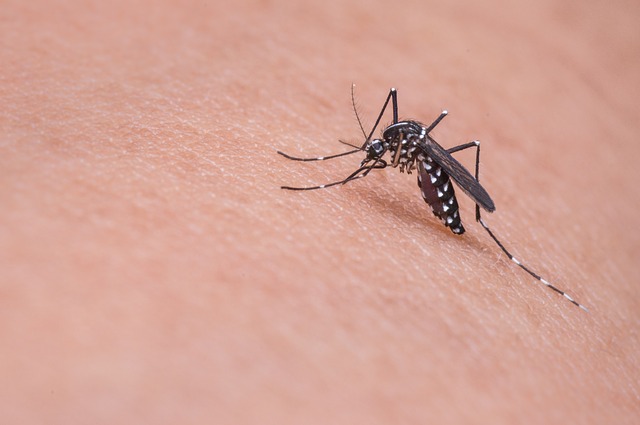
Parasite Prevalence
As you can see, just these three parasites can cause serious health problems for your pets and also for you if your pets bring them inside your home or RV. So, prevention is the best defense when it comes to keeping your pets from being infested.
Look at this parasite prevalence map to see which ones are most common in the area you live and/or travel.
Types of Prevention for Inside or Outside Your Home or RV
If you find that you have fleas, ticks or mosquitoes around your home or RV, there are some options to keep them from infesting your pets or your family.
Flea and Tick Prevention Inside and Outside
To keep fleas and ticks from coming inside, you not only have to treat your pets with a prevention product, but you should treat your yard too, even if your “yard” is in an RV park.
Fleas can come into your home by traveling on your shoes, clothing or your pet. Ticks attach to your pets or to you after walking through tall grass or in forested areas. Prevent them from coming into your home from your yard by treating your yard with a pesticide/insecticide, diatomaceous earth, or beneficial nematodes.
Pesticides/Insecticides
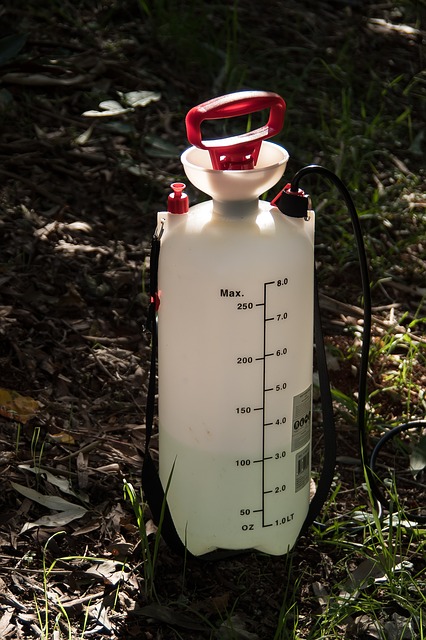
For severe infestations of fleas and ticks in your yard or around your RV, pesticides/insecticides can be purchased at most home improvement stores or garden centers. Be sure to find one that disrupts the flea or tick life cycle and has a low toxicity rating so that you are less likely to poison your family or your pets that go outside. You can find a list of the lowest toxicity pesticides here. Always be sure to get permission first before spraying around your RV in an RV park or campground.
There are pesticides or insecticides that you put directly on your pet. They are over-the-counter or by prescription only from a veterinarian. These products can include an insect growth regulator, meaning that they stop the life-cycle of the flea or tick. They are also great at repelling fleas, ticks and mosquitoes. You need to choose these carefully as they can be potentially harmful to your pet and to you if they contain permethrin or fipronil. According to the Pesticide Research Institute, these two insecticides are highly toxic. Do not use permethrin at all if you have a cat in your home.
Many of these products come in a variety of ways to apply to your pet. There are collars, sprays, dips, shampoos, injections, pills and topical, oil-based, spot treatments that you put directly on your pet’s skin. Here’s a list for you to choose from:
Collars:
The safest collar recommended by veterinarians for dogs and cats is Seresto. This odorless collar lasts up to 8 consecutive months and kills and repels fleas and ticks. Be aware that poisoning can occur if your dog or cat ingests this collar.
Another collar used just for tick prevention is Preventic. It lasts for up to 90 days (3 months) and is a great add-on protection for dogs that are temporarily going into tick infested areas (hiking, camping, etc.). It is not waterproof, just water-resistant so no swimming with it on. Again, be aware that your dog can be poisoned by this collar if he or she ingests any part or the whole of it.
Spot-On Topicals:
Frontline Plus for dogs kills fleas and ticks as well as chewing lice. It disrupts the life cycle of the fleas and ticks and prevents further infestations. Is waterproof. Avoid contact with the product until it’s dry. Do not let your dog ingest this product. Do not use on or near rabbits.
Frontline Plus for cats kills fleas, ticks, and lice. It disrupts the life cycle of the fleas and ticks and prevents further infestations. Avoid contact with the product until it’s dry. Do not let your cat ingest this product. Do not use on or near rabbits. Is waterproof.
Advantage II for dogs only kills fleas but not ticks. It kills fleas before they are able to lay eggs, flea larvae before they hatch and continues to repel fleas. It is waterproof. Do not use on cats.
Advantage II for cats kills fleas. It does not kill ticks. It’s waterproof and kills flea eggs, larvae and adult fleas.
K9 Advantix II kills and repels fleas, ticks, biting flies, lice and mosquitoes. Dogs do not need to be bitten for the parasites to die. This product contains permethrin which is highly toxic to cats. Do not use on cats and wash hands and clothing if touched by this product.
Orals:
Capstar kills fleas on cats and dogs very quickly (starts working within 30 minutes). Does not kill ticks or mosquitoes. Great for clearing up an infestation.
NexGard is a beef-flavored chew that kills fleas and three kinds of ticks. It’s good for those dogs with sensitive skin and cannot use a topical. You need a prescription from your veterinarian. Do not give to cats.
Comfortis is available from your veterinarian only. It’s for dogs and cats and only kills fleas, not ticks. But, it works quickly and prevents further infestation.
Sprays and Shampoos:
Adams Plus Flea and Tick Spray for cats and dogs kills fleas and ticks and repels mosquitoes within 5 minutes after application. The flea and tick life cycle is disrupted, killing them and keeping them away from your cat and dog.
Adams Plus also comes in a shampoo for cats and dogs. It disrupts the flea life cycle, killing fleas, eggs, and larvae. It kills ticks and lice and repels mosquitoes.
Natural Flea and Tick Prevention
Diatomaceous Earth For Your Yard or Around Your RV

Diatomaceous Earth is crushed rock that contains the fossilized remains of diatoms, an alga. The alga have hard shells that grate against the fleas’ bodies, killing them. Do not buy the Diatomaceous Earth intended for pools as it is toxic to pets.
To safely spread Diatomaceous Earth in your yard, keep your dog inside and wear a mask to keep the dust out of your lungs. Sprinkle it in the areas where your dog hangs out like in his kennel or favorite sunbathing places in the yard.
Diatomaceous Earth can also be used indoors on your carpet as well as any upholstered furniture and dog bedding. Apply it to your carpet along the baseboards and let it sit for a few days to a week before vacuuming. After vacuuming, empty the canister or throw away the bag so as not to introduce potentially live fleas and eggs back into your house.
Beneficial Nematodes
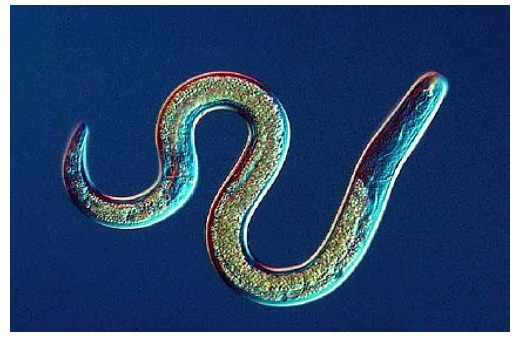
Beneficial nematodes are microscopic roundworms and are often used by people who want to rid their yard of fleas, but don’t want to hurt humans, animals, or plant life. These roundworms are simply sprayed from a hose-end sprayer onto lawns, under shrubs and porches, and in crawl spaces. This would most likely be approved by an RV park or campground to be sprayed around your RV.
Once applied, the roundworms go after the fleas and bore a hole into them. After they are inside of the fleas, they release a bacteria that pre-digests the fleas causing their death within 48 hours. When finished eating the flea, the roundworm exits the “shell” of the flea and moves on to another. They not only kill adult fleas, but also their larvae and pupae.
Although beneficial nematodes are best used outdoors, you can use them inside your home on carpets and rugs.
Natural Sprays and Topicals for Your Pet
Wondercide is a natural spray that disrupts the flea and tick life cycle. It not only kills and repels fleas and ticks but mosquitoes as well. It contains human-grade ingredients and is safe to use on your pets, their bedding and around your home.
Use Wondercide flea and tick spray along with their yard and garden spray to get rid of even more fleas and ticks. Again, get permission from the RV park or campground before applying around your RV.
Other Ways to Prevent Fleas and Ticks
There are a number of ways to keep your yard, home and RV free of an infestation of fleas and ticks.

- Keeping the grass mowed as short as possible will help when your dog or cat goes outside. You can’t control what your neighbors’ yards or RV spaces are like, so keep your dog or cat confined to your own space behind a fence, in a kennel or exercise pen.
- Keep your dog’s kennel clean and vacuumed along with any bedding that may be in the kennel.
- Wash your dog’s or cat’s bedding frequently.
- Vacuum your home and/or RV – carpets, sofas, rugs, and cracks in between floor boards. Be sure to empty the vacuum canister or throw away the bag afterward to prevent potentially live fleas, eggs or larvae from re-infesting your home.
- Block off and clear away debris from any outdoor spaces where other animals (wild or domestic) may bed down and leave fleas.
- Treat all pets with a flea and tick preventative at the same time and when you clean in and around your home or RV.
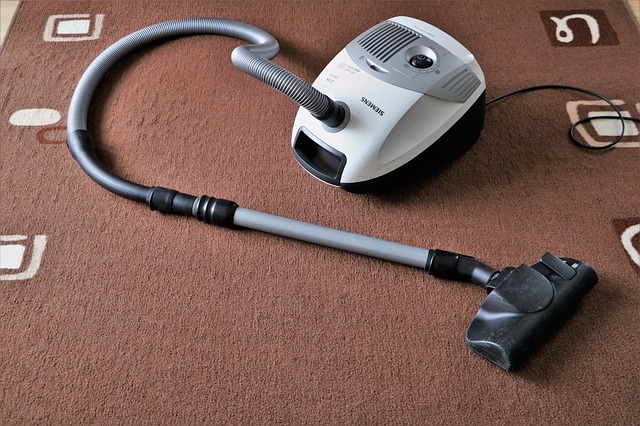
It Can Happen to Anyone, Just Be Prepared
Although we never want our dogs or cats to get bitten by fleas, ticks and mosquitoes, it can still happen. Discuss with your pet’s veterinarian any possible complications flea and tick treatments can cause with your pets. In addition to recommendations from your pet’s vet, by following a combination of the tips mentioned above you can prevent the discomfort and possible diseases these parasites can spread to your furry friends.
Sources:
https://drjustinelee.com/how-to-pick-a-flea-and-tick-medication-for-your-dog-or-cat-dr-justine-lee/
https://www.caninejournal.com/best-flea-and-tick-prevention-for-dogs/#control
https://www.consumersearch.com/flea-control
https://www.fleabites.net/beneficial-nematodes-for-fleas-how-they-work/

